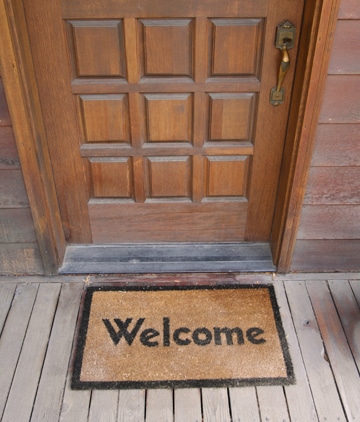Categories: Articles (EMQ), EMQ, Section
Related Articles
Romania’s Army of the Lord
A large Orthodox renewal movement battles the challenges of freedom.
Missionaries as Needy Patrons
By Tamie Davis and Moyra Dale | Patronage relationships are common in many cultures. Western missionaries in these environments are often viewed as patrons by default. This can be an uncomfortable role. However, when we understand how reciprocity works in these contexts, we can participate in ways that strengthen local relationships.
Practicing the Welcoming Gospel: Hospitality in Cross-cultural Ministries
Hospitable cross-cultural ministries go beyond simply providing a warm and inviting atmosphere.
The Art of Hospitality: African Style
Anywhere you go in Africa, you will find the prized virtue of hospitality.
The Art of Hospitality: African Style
Anywhere you go in Africa, you will find the prized virtue of hospitality.


